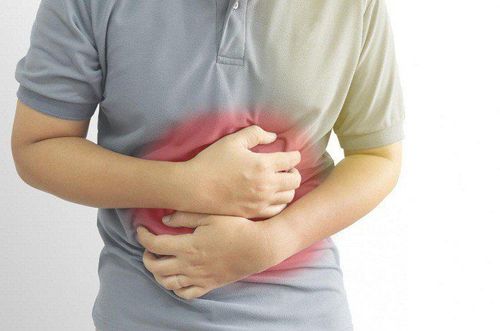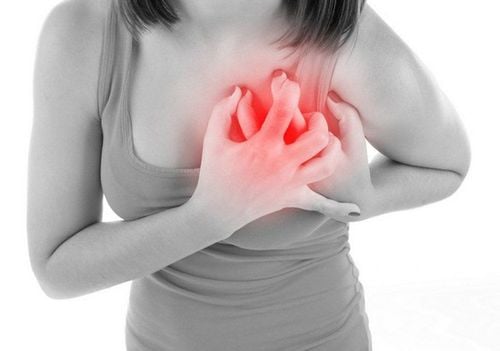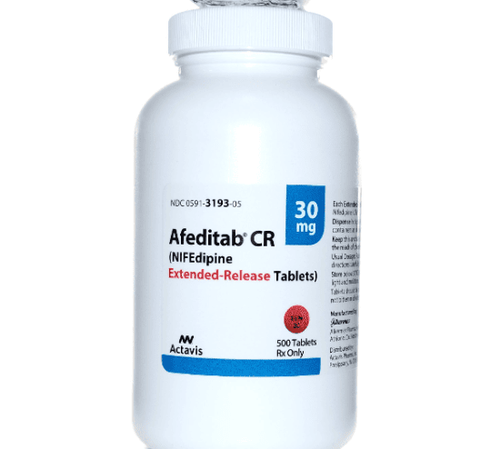This is an automatically translated article.
The article is written by Master - Doctor Mai Vien Phuong - Department of Examination & Internal Medicine - Vinmec Central Park International General Hospital.Many patients with persistent chest pain, when seen by a cardiologist, are diagnosed with a cardiac neurological disorder or have no obvious disease but the disease still does not improve. When seeing a gastroenterologist, the patient was found to have reflux esophagitis and the doctor concluded that the patient's chest pain was caused by gastroesophageal reflux. So, what are the features of this pathology? Why can reflux esophagitis cause persistent chest pain? This article will explain the above problem.
1. What is gastroesophageal reflux disease?
Gastroesophageal reflux disease (GERD) is a gastrointestinal (GI) disease that is very common in the world and has a high incidence in Western countries. Gastroesophageal reflux disease is a condition that develops when the reflux of stomach contents causes uncomfortable symptoms and/or complications in the esophagus. Tissue damage associated with gastroesophageal reflux disease ranges from esophagitis to Barrett's esophagus and adenocarcinoma of the esophagus.Some of the unpleasant symptoms caused by reflux can be in the esophagus such as heartburn, regurgitation or outside the esophagus, such as symptoms related to the lungs, upper respiratory tract and mouth (manifested by asthma). asthma, laryngitis, chronic cough, tooth erosion, and noncardiac chest pain). Gastroesophageal reflux disease can be classified by the presence of erosions on endoscopic examination (Erosive Reflux Disease [ERD] and Non-Erosive Reflux Disease [NERD]).
2. Chest pain associated with gastroesophageal reflux disease
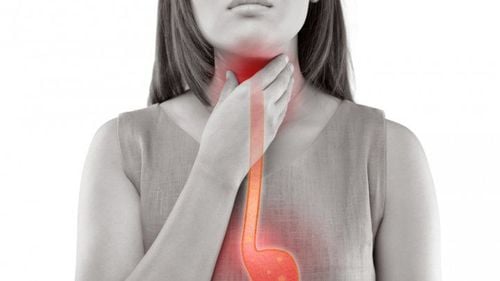
Gastroesophageal reflux disease is also the most common cause of noncardiac chest pain. Chest pain associated with gastroesophageal reflux disease is defined as recurrent posterior pain radiating to the back, neck, jaw, or arms. The pain can last from minutes to hours and is caused by exposure to pathological esophageal acid.
3. Non-cardiac causes of chest pain
In addition to gastroesophageal reflux, there are a number of other causes that can also cause noncardiac chest pain:| Địa điểm sinh lý học | Rối loạn cụ thể |
| Cơ xương | Viêm sụn sườn |
| Đau cơ xơ hóa | |
| Thực quản | Bệnh trào ngược dạ dày thực quản |
| Rối loạn vận động thực quản (chứng đau thắt lưng, tăng co thắt thực quản và co thắt thực quản đoạn xa) | |
| Ung thư thực quản | |
| Đau ngực cơ năng | |
| Viêm thực quản tăng bạch cầu ái toan | |
| Tiêu hóa | Viêm dạ dày |
| Viêm tụy | |
| Viêm túi mật | |
| Phổi | Viêm phổi |
| Thuyên tắc phổi | |
| Ung thư phổi | |
| Sarcoidosis | |
| Tràn khí màng phổi | |
| Tràn dịch màng phổi | |
| Nguyên nhân mạch máu | Viêm động mạch chủ |
| Bóc tách động mạch chủ | |
| Nguyên nhân khác | Herpes zoster |
| Thiếu máu hồng cầu hình liềm | |
| Rối loạn tâm lý | |
Life-threatening chest pain conditions:
| Địa điểm sinh lý học | Tình trạng đe dọa sự sống |
| Tim mạch | STEMI (nhồi máu cơ tim có ST chênh lên) |
| Chèn ép tim | |
| Vỡ thành tim | |
| Mạch máu | Bóc tách động mạch chủ |
| Phổi | Thuyên tắc phổi |
| Tràn khí màng phổi | |
| Tràn khí màng phổi trung thất |
4. Mechanism of gastroesophageal reflux disease causing noncardiac chest pain
The mechanism by which GERD causes noncardiac chest pain is not well understood. It is still unclear why esophageal contact with gastric juice in some patients causes heartburn and in some people it causes chest pain. Occasionally, the same patient may experience chest pain and heartburn at different times.Chest pain associated with gastroesophageal reflux disease caused by abnormal exposure of the lining of the esophagus to the acid content of the stomach. From a pathophysiological perspective, chest pain can be triggered by stimulation of acid-sensitive chemoreceptors, mechanoreceptors, or heat receptors of the esophageal mucosa.
5. Diagnosis of chest pain associated with gastroesophageal reflux disease
When a patient complains of chest pain, it is important to first rule out a cardiac source of pain using tests such as electrocardiogram, echocardiogram, troponin measurement, and consider which disease is most likely. . More specific tests such as single photon emission computed tomography (SPECT), stress echocardiography, and coronary computed tomography angiography.Coronary angiography is still the gold standard but it is an invasive test. Its use is limited to suspected coronary ischemic pain, especially in people over 40 years of age. Once serious cardiac conditions have been ruled out, it is next important to rule out life-threatening conditions other than ischemic heart disease; such as pulmonary embolism, aortic dissection, and pneumothorax.
6. Treatment of chest pain associated with gastroesophageal reflux disease
In cases where GERD-related noncardiac chest pain is suspected, the PPI test may be used by health care practitioners as the initial diagnostic tool after excluding other causes. outside the esophagus.Administration of Rabeprazole (20 mg) twice daily for two weeks showed a sensitivity and specificity of 81%. Recommended duration of treatment is at least two weeks and any PPI can be used, but high doses are recommended: 40 - 80 mg per day for omeprazole, 30 - 90 mg for lansoprazole, and 40 mg for rabeprazole. The PPI test is determined to be positive if the patient is noted to have a 50-75% reduction in symptoms.
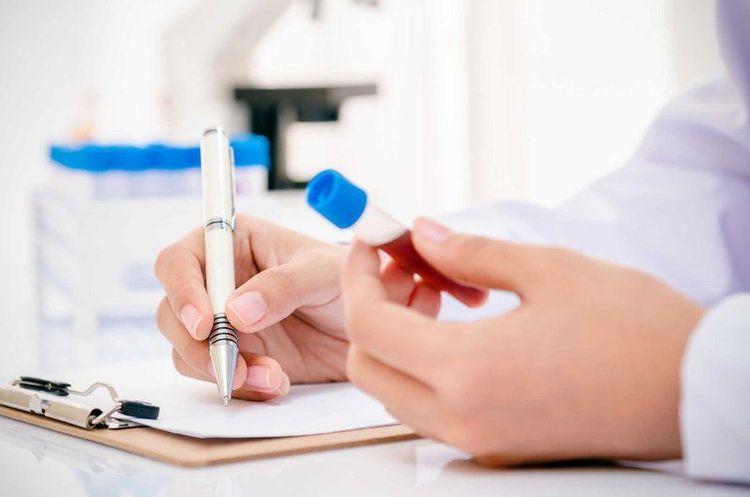
7. When is esophagogastroduodenoscopy needed?
In patients with GERD-associated chest pain, endoscopic pathologic findings are less common than in those with typical symptoms of GERD. Detail; diaphragmatic hernia, erosive esophagitis, and Barrett's esophagus were found in 28.6%, 19.4%, and 4.4% of subjects, respectively, complaining of noncardiac chest pain compared with 44.8% , 27.8% and 9.1% of patients had typical symptoms of gastroesophageal reflux disease.American Society of Gastroenterology (ASGE) guidelines recommend esophagogastroduodenoscopy in patients presenting with complicated gastroesophageal reflux disease or alarming symptoms. This helps to monitor patients with severe esophagitis, to rule out latent Barrett's esophagus, and to screen for Barrett's esophagus in patients with multiple risk factors. When the diagnosis of noncardiac chest pain is uncertain, upper endoscopy should be performed to diagnose conditions other than gastroesophageal reflux disease such as eosinophilic esophagitis.
8. The role of esophageal pH measurement in 24 hours
24-hour esophageal pH monitoring allows revealing reflux phenomena by identifying a decrease in pH, with abnormal detection rates in 40–50% of cases. The AGA recommends the use of a combination of esophageal pH monitoring with a reflux record to accurately diagnose when chest pain is due to GERD. The impact of pH impedance measurement is relevant in patients without esophagitis and unresponsive to antisecretory therapy. In fact, some patients have chest pain due to non-acid reflux that can be detected by impedance measurement but does not require pH monitoring.To prevent the risk and promptly treat chest pain due to gastroesophageal reflux or chest pain due to other causes, please make an appointment with Vinmec Health System Hospitals nationwide to receive treatment. Best Service.
Please dial HOTLINE for more information or register for an appointment HERE. Download MyVinmec app to make appointments faster and to manage your bookings easily.






